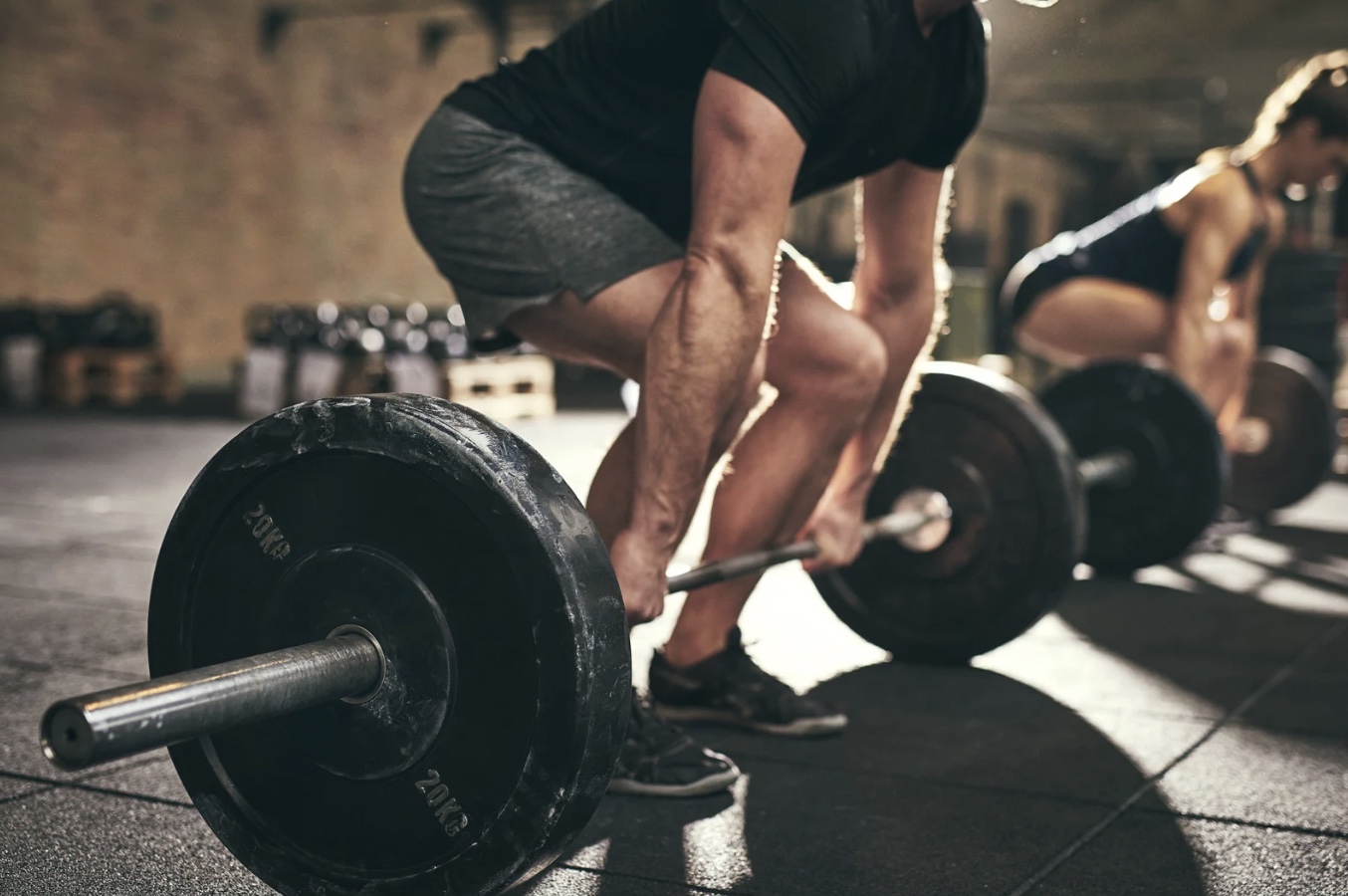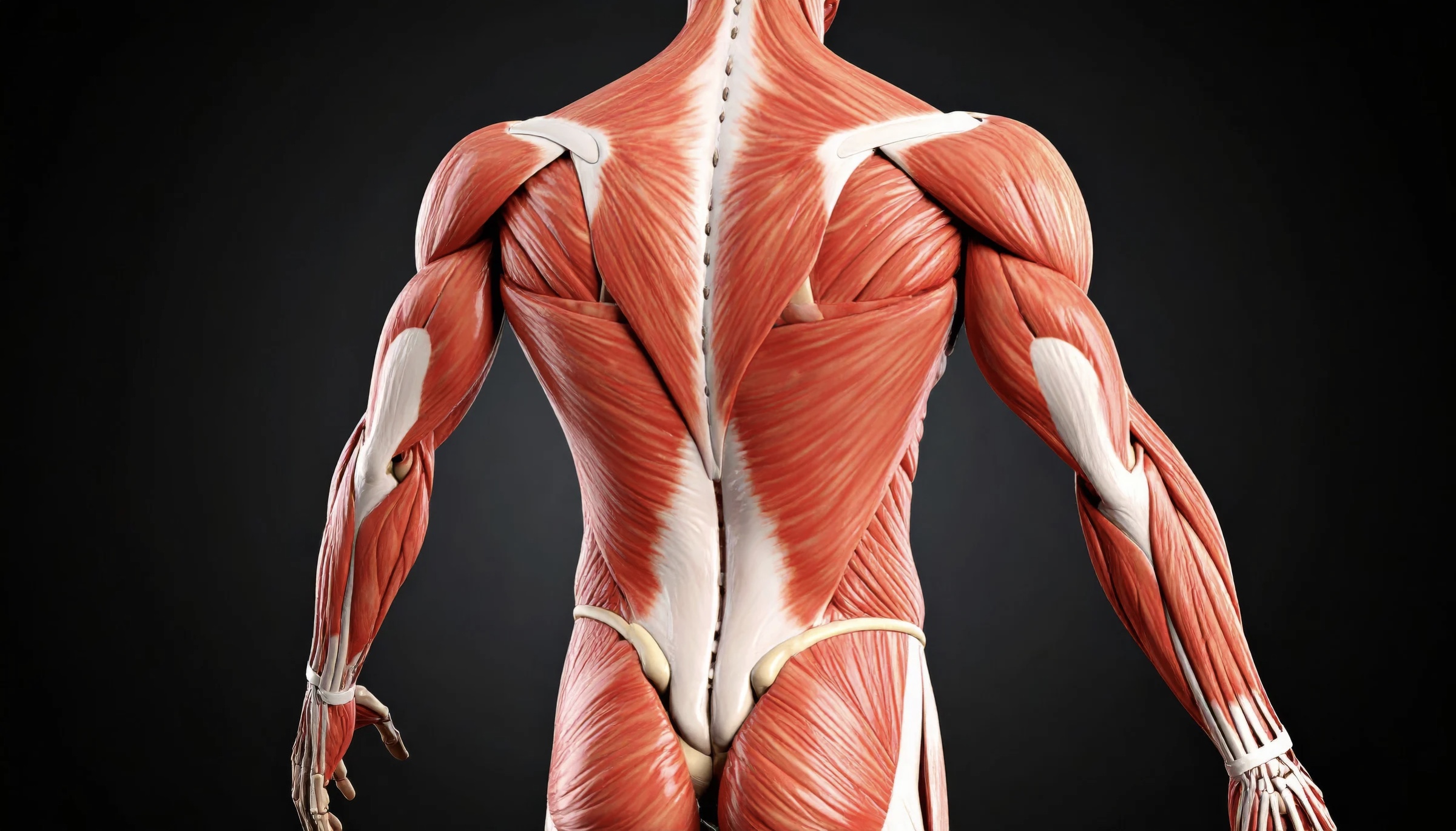Maximal Strength Training: The Science of Reaching Your Absolute Power Potential
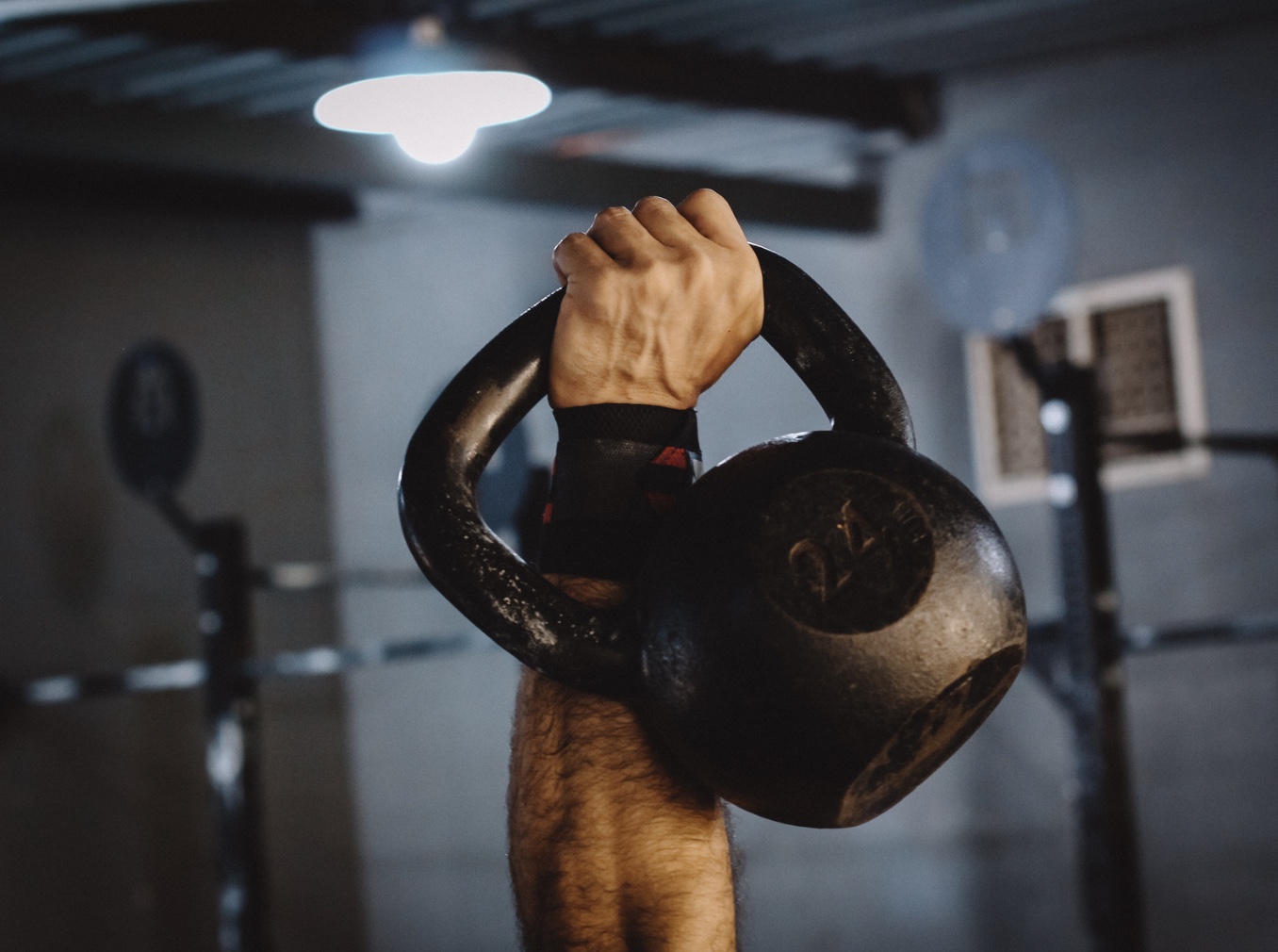
When you walk into a gym in Auburn, California, you’ll see people training in all sorts of ways — from light resistance circuits to high-intensity interval workouts, from steady-state cardio to heavy weightlifting sessions. Among these methods, one approach stands out for its sheer focus on raw, unadulterated power: maximal strength training.
This method is often associated with elite athletes, powerlifters, and competitive weightlifters, but its principles and benefits can be applied to almost any fitness journey — if used at the right time. Understanding what maximal strength training is, what it does to your body, and when it’s appropriate to add it into your training can help you unlock new levels of performance and build a foundation for lasting progress.
What Is Maximal Strength Training?
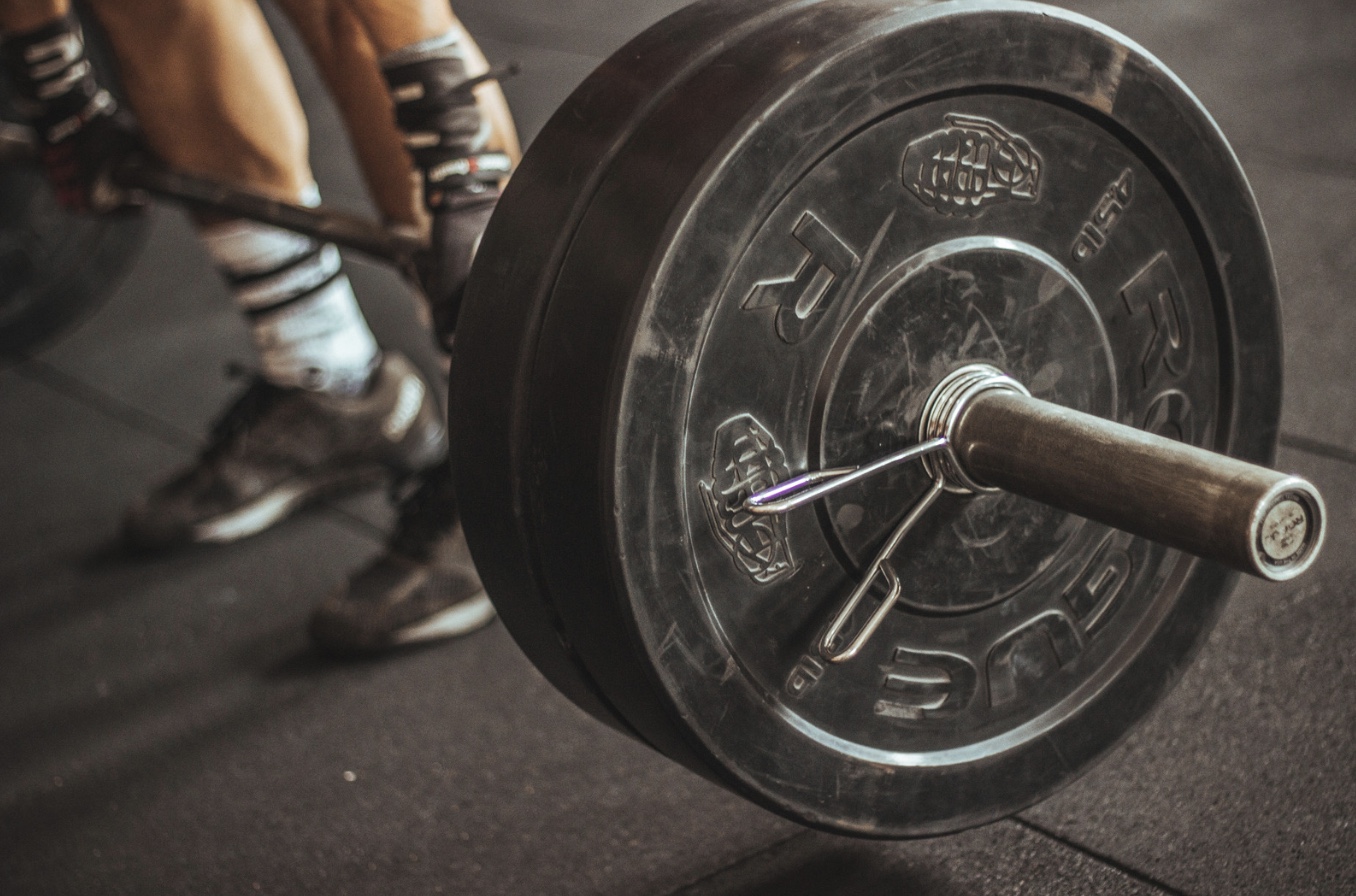
Maximal strength training is all about improving your ability to produce the greatest possible force against resistance. In simple terms, it’s training that helps you lift the heaviest weight you can for a single repetition — your one-rep max(1RM).
It’s not about speed, endurance, or even aesthetics — although those can be positive side effects. Instead, it focuses purely on increasing the maximum amount of force your muscles, nervous system, and connective tissues can produce together.
Typically, maximal strength training involves:
- Very heavy loads: 85–100% of your 1RM
- Low repetitions: 1–5 reps per set
- Long rest periods: 3–5 minutes between sets for full recovery
- Multi-joint lifts: Movements like squats, deadlifts, bench presses, and overhead presses
What Maximal Strength Training Does to the Body
When most people think about training with heavy weights, they imagine bigger muscles. While maximal strength training can increase muscle mass, its primary adaptations are neurological rather than muscular.
Here’s what happens in your body when you consistently train for maximal strength:
1. Neuromuscular Adaptations
Your brain and muscles learn to communicate more effectively. This includes:
- Motor unit recruitment: Activating more muscle fibers at once
- Firing frequency: Sending faster nerve signals to muscles
- Coordination: Improving how different muscles work together to move a heavy load
These adaptations often happen before any visible change in muscle size. That’s why someone new to strength training can get significantly stronger without looking much bigger.
2. Increased Muscle Fiber Efficiency
Maximal strength training primarily recruits Type II (fast-twitch) muscle fibers, which are designed for explosive, high-power efforts. Over time, these fibers become better at generating force.
3. Improved Joint and Connective Tissue Strength
Heavy weightlifting strengthens not just muscles, but also tendons, ligaments, and bones. This can help prevent injuries and improve overall durability for other forms of training.
4. Potential for Hypertrophy
While not as direct as bodybuilding-style training, heavy lifting can contribute to hypertrophy (muscle growth) — especially when combined with moderate-rep accessory work. Stronger muscles can handle heavier weights, and heavier weights can stimulate new growth.
The Benefits of Maximal Strength Training
Even if you’re not aiming to be the next world-record powerlifter, maximal strength training can deliver valuable benefits:
- Higher Strength Ceiling: Increasing your max strength raises the potential for all other training — endurance, speed, and hypertrophy.
- Better Athletic Performance: Stronger athletes can jump higher, sprint faster, and produce more power in sport-specific movements.
- Enhanced Daily Function: Carrying groceries, moving furniture, and doing yard work all become easier when your strength base is higher.
- Injury Prevention: Strengthening joints, bones, and connective tissues helps protect against strains and overuse injuries.
- Mental Fortitude: Lifting near your limit requires focus, discipline, and resilience — traits that carry over into life outside the gym.
Considerations Before You Start
While maximal strength training offers huge benefits, it’s not something everyone should jump into immediately. Here’s what to think about first:
1. Your Training Age
If you’re brand new to the gym, your focus should be on learning proper technique, building general strength, and developing a consistent training habit. Attempting maximal loads too early can increase injury risk and slow skill development.
Recommendation: Spend at least 6–12 months building a base with moderate weights (60–80% 1RM) before introducing maximal strength work.
2. Movement Competency
Before lifting heavy, you must be able to perform foundational movements — like squats, deadlifts, presses, and rows — with proper form at lighter loads. A heavy lift with poor mechanics magnifies risk.
3. Recovery Capacity
Maximal strength sessions are taxing on the nervous system. Without adequate rest, sleep, and nutrition, you may experience fatigue, plateaus, or overtraining.
4. Purpose and Goals
Ask yourself: “Why do I want to train for maximal strength?” If your primary goal is fat loss, endurance, or moderate muscle toning, you might prioritize other training styles. If you want to improve performance, break through plateaus, or prepare for a strength competition, maximal strength training becomes more relevant.
When to Implement Maximal Strength Training
For most recreational lifters in Auburn, California or anywhere else, the right time to start focusing on maximal strength is after you have:
- Mastered core lifting techniques
- Built a solid base of muscle mass and general strength
- Established a consistent training schedule
- Developed good recovery habits
A common approach is to cycle maximal strength training into your program for 4–6 weeks at a time, then shift back to moderate-load hypertrophy or endurance phases. This keeps progress moving and prevents burnout.
A Sample Maximal Strength Training Structure

Here’s a simplified weekly structure for someone with at least 1–2 years of consistent weightlifting experience:
Day 1 – Lower Body Max Strength
- Squat: 5 sets x 3 reps @ 85–90% 1RM
- Romanian Deadlift: 4 x 5
- Weighted Lunges: 3 x 6 per leg
- Core work (Plank variations, heavy carries)
Day 2 – Upper Body Max Strength
- Bench Press: 5 x 3 reps @ 85–90% 1RM
- Overhead Press: 4 x 5
- Weighted Pull-ups: 3 x 5–6
- Tricep Dips (weighted if possible): 3 x 6–8
Day 3 – Accessory & Hypertrophy Work
- Focus on moderate loads, higher reps (8–12), and supporting exercises for weak points.
Nutrition and Recovery for Maximal Strength
Your body’s ability to adapt to heavy training depends heavily on how you fuel and recover.
- Protein Intake: Aim for 0.7–1 gram per pound of body weight daily to support muscle repair and growth.
- Caloric Needs: You may need to eat at or slightly above maintenance calories to optimize strength gains.
- Sleep: Strive for 7–9 hours per night to allow full nervous system recovery.
- Active Recovery: Light cardio, stretching, and mobility work on rest days can keep blood flowing and joints healthy.
Common Mistakes in Maximal Strength Training
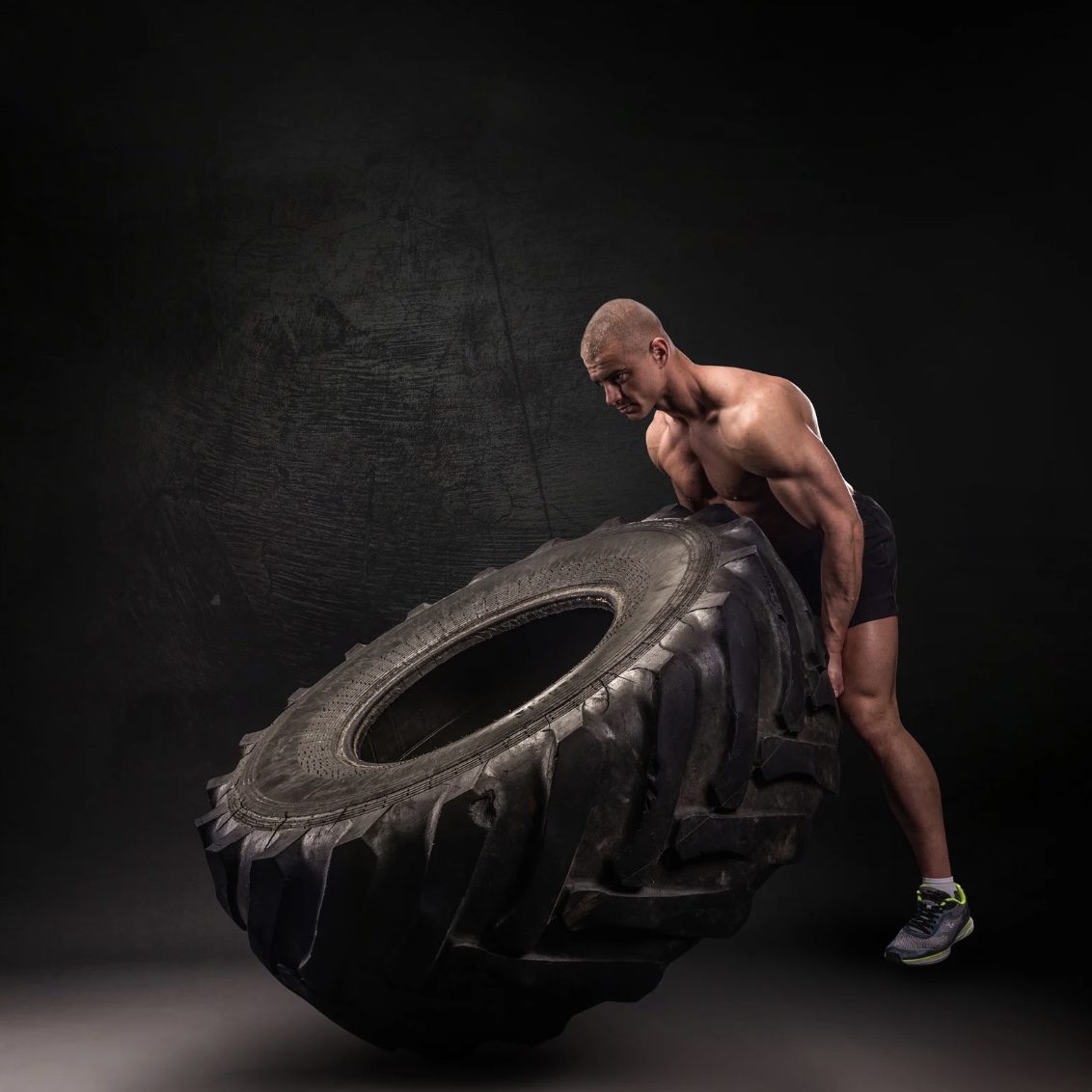
- Lifting Too Heavy Too Soon
Jumping into maximal loads without a base leads to injuries and stalled progress. - Neglecting Technique
Form should be perfect before weight is increased — even a small technical breakdown can cause issues under heavy load. - Ignoring Accessory Work
Supporting muscles need strengthening too. For example, improving your bench press often means strengthening your triceps, shoulders, and upper back. - Not Managing Fatigue
Heavy lifting is draining — without adequate rest between sessions, you’ll burn out quickly.
Why Maximal Strength Matters Beyond the Gym
Even if you’re not chasing records, building maximal strength has a ripple effect across other fitness goals.
- If your goal is hypertrophy, a stronger foundation lets you lift heavier in moderate-rep ranges, stimulating more growth.
- If your goal is endurance, increased max strength can make submaximal efforts (like carrying a pack on a hike) feel easier.
- For athletes, greater strength means more explosive potential in sport-specific movements.
Final Thoughts: Building Strength the Smart Way
Maximal strength training is a powerful tool — but like any tool, its effectiveness depends on timing, technique, and purpose.
At CACFit in Auburn, California, we emphasize training methods that match your current level, goals, and lifestyle. By progressing strategically — from building a base, to adding maximal strength work, to using that strength for hypertrophy, performance, or athletic goals — you’ll develop not only muscle mass, but also confidence, resilience, and long-term health.
If you’re ready to explore maximal strength training safely and effectively, our coaches can help you design a program tailored to your needs. Whether you’re new to weightlifting or a seasoned lifter looking to push your limits, we’re here to make sure every rep counts.

